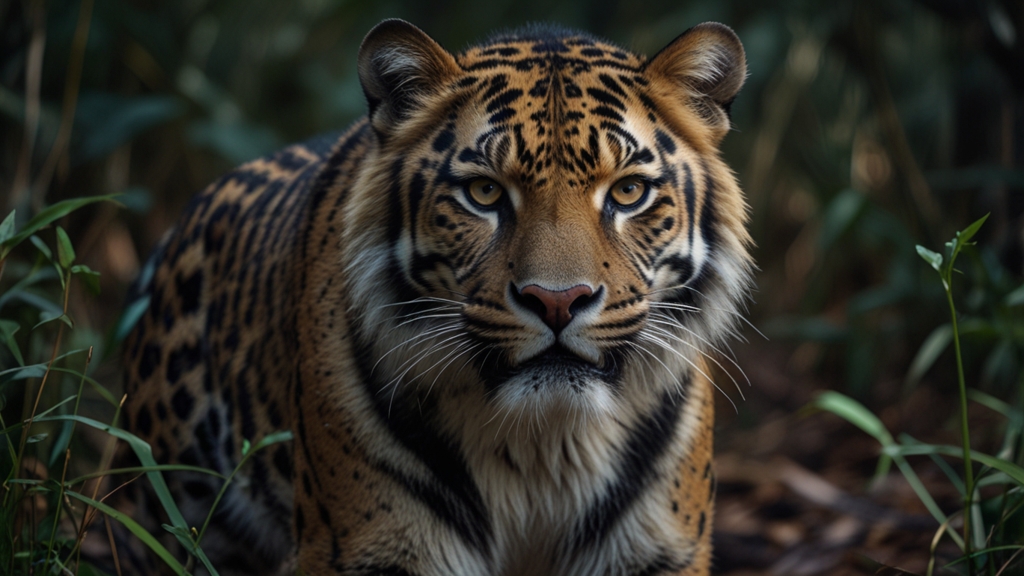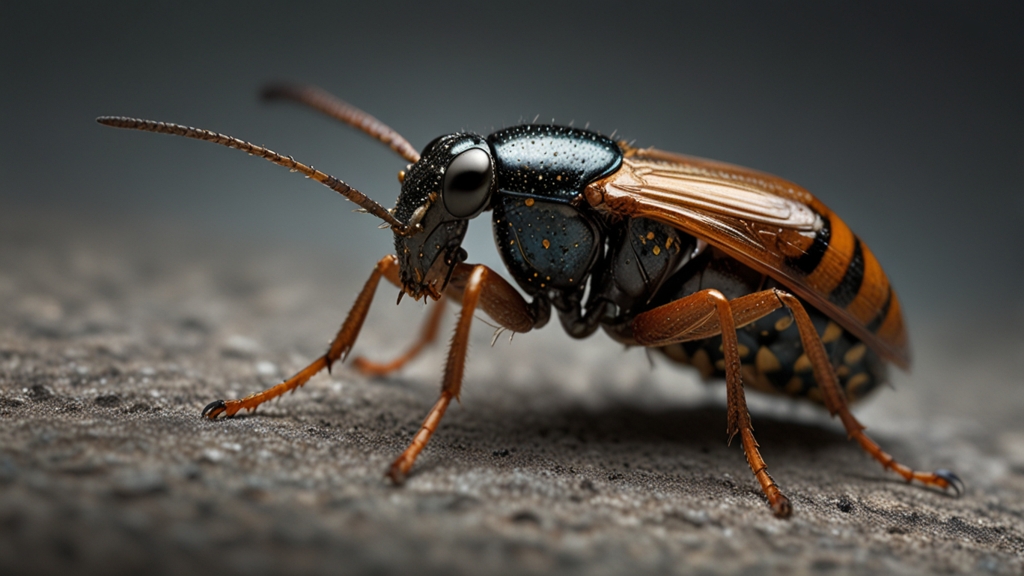Battling the Big Cats: The Ongoing Fight for Predator Conservation
The majestic big cats, including tigers, lions, leopards, and cheetahs, have long fascinated and inspired humanity. Yet, despite their power and beauty, these apex predators face grave threats that jeopardize their very existence. Conservation efforts for these big cats are critical, not just for the survival of the species but also for the health of global ecosystems.
The Threats Big Cats Face
Big cats are under siege from numerous human-induced threats. Habitat loss due to deforestation, agricultural expansion, and urbanization is chief among these dangers. As forests and grasslands are converted for other uses, the territories of big cats shrink, leading to decreased prey availability and increased human-wildlife conflict.
Another significant threat is poaching, driven by the illegal wildlife trade. Big cats are hunted for their skins, bones, and other body parts, which are highly valued in black markets. Lastly, retaliatory killings by local communities, whose livestock fall prey to these powerful predators, also pose a serious risk.
Conservation Efforts: Ground Zero
Conservationists and organizations globally are working tirelessly to mitigate these threats and secure a future for big cats. Their efforts include establishing and maintaining protected areas, conducting anti-poaching operations, and promoting community-based conservation programs.
"Big cats not only symbolize the wildest parts of our natural world, but they also play a crucial role in maintaining ecosystem balance. Their preservation is a testament to our commitment to biodiversity and environmental health," notes Dr. Jane Goodall, famed primatologist and conservationist.
Protected areas provide safe havens where big cats can live, breed, and hunt without the pressures of human encroachment. National parks and wildlife reserves have been central to conserving habitats for species like the Bengal tiger in India and the African lion in Tanzania.
Community Engagement and Sustainable Practices
Engaging local communities in conservation efforts is essential for their success. Programs that involve locals in monitoring wildlife and protecting habitats not only yield better conservation outcomes but also offer socio-economic benefits.
In Africa, community conservancies have proven to be an effective model. These conservancies empower local people by giving them ownership and management rights over conservation areas. Income generated from eco-tourism and sustainable resource management directly benefits community members, aligning their interests with those of wildlife conservation.
"The days when conservation was seen as something imposed by outsiders are gone. Today, it's about partnerships, trust, and shared benefits," says Richard Leakey, a prominent Kenyan paleoanthropologist and conservationist.
Innovative Approaches and Technological Advances
Technological advancements are also playing a pivotal role in modern conservation. Camera traps, drones, and satellite collars are becoming indispensable tools for tracking and studying big cats. These technologies provide valuable data on animal behavior, population dynamics, and habitat use, allowing for more informed conservation strategies.
Moreover, global data-sharing platforms and networks enhance collaboration among scientists, conservationists, and policymakers. Such collaborations are vital for addressing the transboundary nature of wildlife conservation, as big cats often roam across national borders.
The Road Ahead
The battle to save the big cats is far from over but there are reasons for optimism. Conservation success stories, such as the increase in tiger populations due to dedicated efforts in India and Nepal, demonstrate what is possible with persistent and collaborative work.
Nevertheless, sustaining these efforts requires continued political will, funding, and international cooperation. Public awareness and education also play critical roles in fostering a global ethic of wildlife conservation. By supporting conservation initiatives, advocating for stronger protections, and making mindful consumer choices, each individual can contribute to the survival of these magnificent predators.
"In saving the big cats, we save ourselves. Their future is intricately linked with ours, as guardians of the planet we share," reflects Sir David Attenborough, esteemed natural historian and broadcaster.
The world cannot afford to lose its big cats. They are vital not only to the natural landscapes where they reign supreme but to the cultural and natural heritage of humanity. Their fate rests in our hands, urging us to act decisively and imaginatively in their defense. In battling the big cats, we engage in a broader fight — to preserve the planet's biodiversity and the delicate web of life it sustains.











